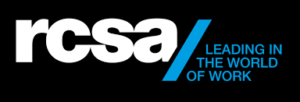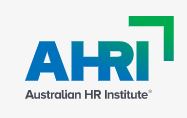
How do we know we are choosing the right leader for our school?
“Thinking, Fast and Slow” by psychologist Daniel Kahneman is a cautionary tale that explores the dual systems of thinking that drive decision-making. Kahneman reveals human judgment’s strengths and pitfalls, highlighting common cognitive biases and errors, such as overconfidence and loss aversion. Unconscious biases can influence decisions, and humans, unfortunately, tend to believe that our judgments are objective.
Why is this important?
Because the consequences of biased decision-making in leader selection can be profound, potentially shaping the future of a school for years to come. Understanding the root causes of flawed decision-making is not just important, it’s empowering. It’s critical in the work of search committees responsible for appointing new leaders. It gives us the knowledge and tools to make more informed and unbiased decisions.
Bias
The “halo bias” is an example of the illogical thinking that often goes into choosing a school’s next leader. For example, a candidate might be from an apparent “elite school” or another state/city perceived as more elite. This perception becomes an active representation of all the candidate’s attributes, leading to thinking like this:
- This candidate comes from an elite school/city/state.
- We wish our school were more like the candidate’s school/city/state.
- Therefore, we should hire this candidate.
To read the full story, visit LinkedIn.

Dr Michael Boots
Executive Education Consultant



